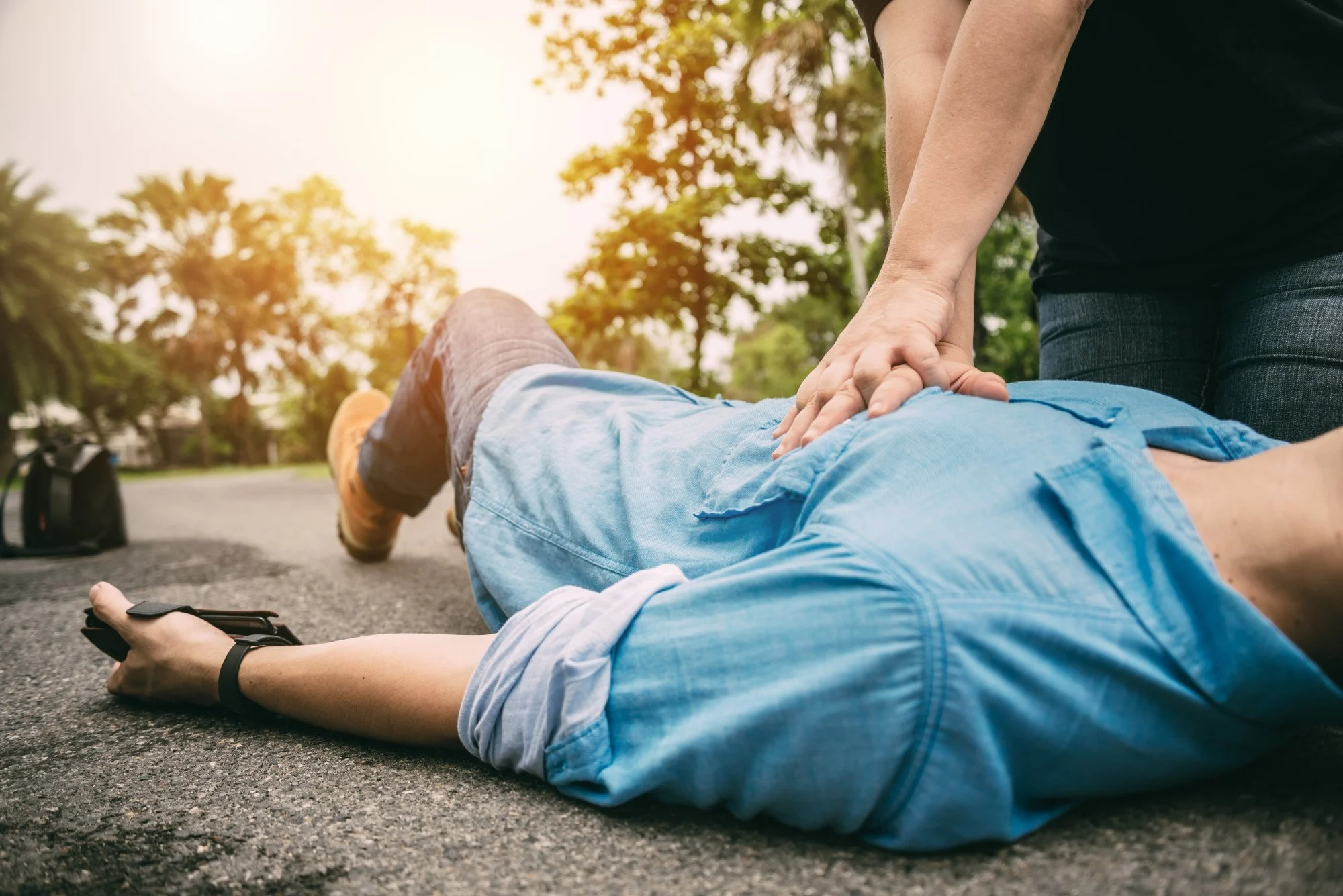
Minutes can seem like hours when a loved one collapses. Your heart is pounding, and you rush to the person, performing CPR compressions as fast as you can, hoping the person will breathe again. But what if you can’t remember how to do it?
It is important to know the signs when someone is suffering from a heart attack. If that is what is happening, you can confidently perform CPR, but there are other situations when you should not be giving mouth-to-mouth resuscitation.
Below are 5 situations when you do not perform CPR:
1. Obvious Signs of Death
CPR is meant to revive a person who has experienced sudden cardiac arrest and has stopped breathing or has no detectable pulse. However, if a person is showing unmistakable signs of death, attempting CPR would be futile. These signs may include
- Rigor mortis
- Lividity
- Decapitation
In such cases, it is essential to recognize that CPR cannot bring the person back to life, and it is better to seek immediate medical assistance and inform the authorities.
2. Presence of a Do-Not-Resuscitate (DNR) Order
A Do-Not-Resuscitate (DNR) order is a legal document that states a person’s preference not to receive CPR or other life-saving measures in the event of cardiac arrest. DNR orders are typically made by individuals with terminal illnesses or those who do not wish to undergo extraordinary medical interventions.
It is essential to respect the person’s wishes and refrain from performing CPR if a valid DNR order is present. Always check for medical bracelets or documents that indicate the person’s medical preferences.
3. Irreversible Medical Condition
In some cases, CPR may not be appropriate for individuals with irreversible medical conditions. Especially if the chance of survival is minimal or the person’s quality of life is significantly compromised.
These conditions may include advanced stages of terminal illnesses or severe organ failure. In such situations, the focus should be on providing comfort and support rather than attempting resuscitation.
4. Risk to Rescuer’s Safety
While saving a life is crucial, it should not be done at the expense of the rescuer’s safety. If the environment poses significant risks, attempting CPR could endanger the rescuer’s life. Example risks are:
- Burning building
- Submerged in water
- Presence of hazardous materials
In such cases, it is essential to prioritize personal safety and wait for trained professionals who have the necessary equipment and expertise to handle such situations.
5. Do Not Have CPR Training
CPR is a skill that requires proper training and practice to perform effectively. While the instinct to help is commendable, attempting CPR without training can lead to unintended harm or worsen the situation. Without knowing the correct techniques, one might not provide adequate chest compressions or administer rescue breaths properly.
If you haven’t received CPR training, it’s best to call for professional help instead of attempting CPR. To find first aid and CPR certification courses that will equip you with life-saving skills, check out this link: https://cprcertificationnow.com/collections/cpr-and-first-aid-certifications
These are 5 Situations When You Do Not Perform CPR
CPR is a vital life-saving technique that can significantly improve the chances of survival in cases of cardiac arrest. However, there are specific situations when attempting CPR is not recommended and may even be harmful.
In these 5 situations when you do not perform CPR, focusing on calling for immediate medical assistance and providing support to the affected individuals and their families is essential to ensure the best possible outcome in difficult circumstances.
We have plenty of informative articles available to you throughout our site. Check them out!



